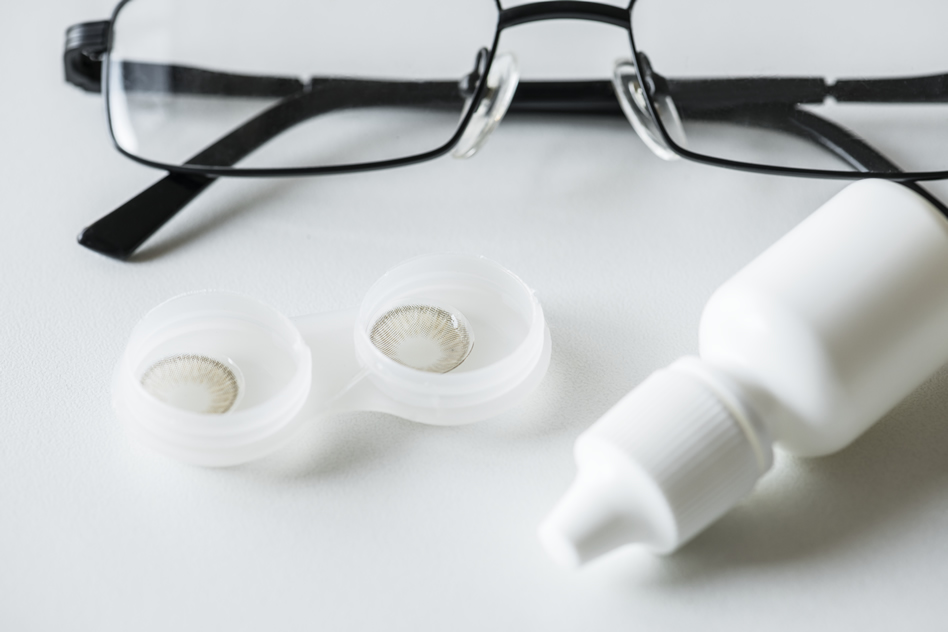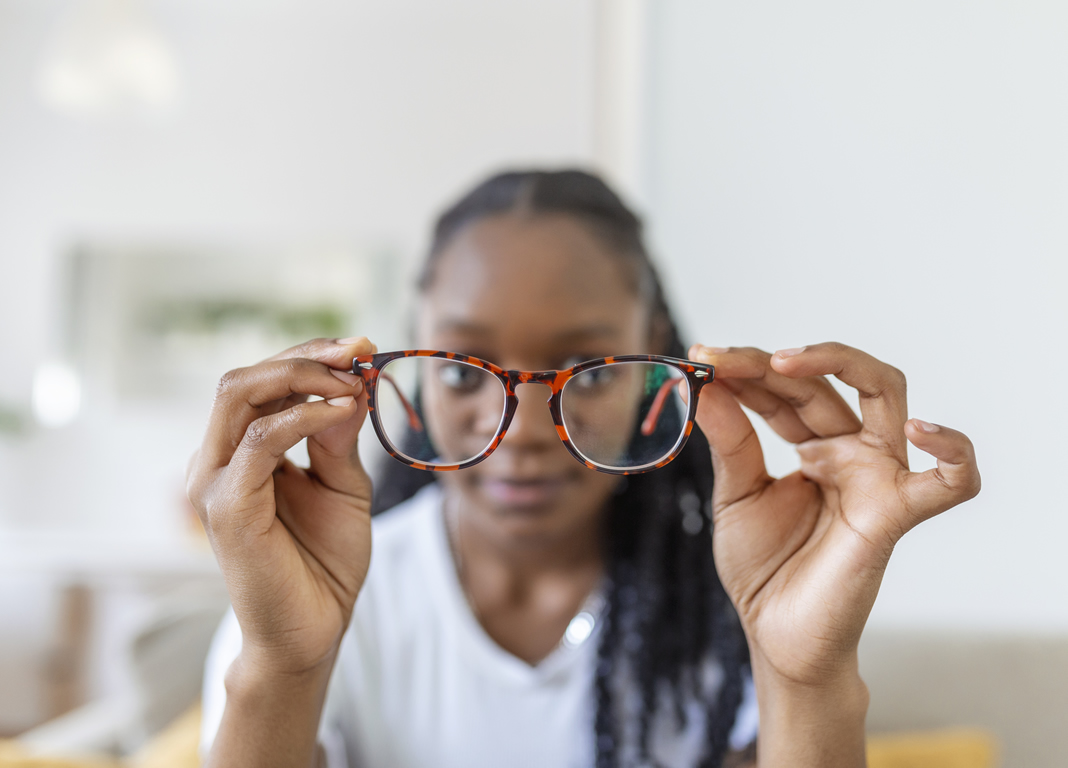Are you in need of corrective lenses but wondering about the cost in Kenya? Look no further! The cost of corrective lenses in Kenya can range from Kshs.800 onwards, depending on the prescription and brand.
But what factors influence the price, and how can you find the best deal? In this article, we will delve into the details of the cost of corrective lenses in Kenya, including the various types of corrective lenses available and scenarios that require corrective lenses.
What are Corrective Lenses?
Corrective lenses are transparent panes of glass or plastic that alter how light enters the eye so that it is adequately refracted. This is done by helping your eyes in focusing incoming light directly on the retina.
Your corrective lenses will be prescribed by an optometrist depending on the amount of light refraction measured in diopters. The greater the demand for light to be refracted, the stronger the prescription and the thicker the lenses you require.
Several types of corrective lenses can be used to correct vision problems:
- Single vision lenses: These lenses have a uniform prescription throughout the lens and are used to correct one vision problem, such as myopia or hyperopia.
- Multifocal lenses: These lenses have two or more prescriptions in one lens, allowing the wearer to see clearly at different distances. They often correct presbyopia (age-related difficulty focusing on close-up objects). There are several multifocal lenses, including progressive, bifocal, and trifocal lenses.
- Toric lenses are used to correct astigmatism, a condition in which the cornea is shaped unevenly, causing distorted or blurry vision. Toric lenses have different prescriptions for different parts of the lens to correct the cornea’s uneven shape.
- Colored lenses: These lenses are used to change the eye’s color or improve vision in certain lighting conditions. They are available in various colors and tints and can be used for cosmetic purposes or to improve sports performance.
- Specialty lenses: There are several types of specialty lenses available for specific needs, such as lenses that block blue light to reduce digital eye strain, lenses that are designed for use with computers, and lenses that are designed for use while driving.
In What Scenarios Do You Need Corrective Lenses
Corrective lenses are used to correct deviations, modify focal points, and neutralize other irregularities affecting the eyes’ capacity to focus an image on the retina. The lenses must be of the proper type and power to do this. Strength depends on the material of the lens and the slope of the curve embedded within the lens.
There are several scenarios in which you may need corrective lenses:
- Myopia (nearsightedness): Myopia is a condition in which you can see objects close to you clearly, but objects far away appear blurry. This condition is usually caused by the eye being too long or the cornea being too steep, which causes light to focus incorrectly on the retina.
Corrective lenses can help to refocus the light correctly so that distant objects appear clear.
- Hyperopia (farsightedness): Hyperopia is the opposite of myopia. It is a condition in which you can see distant objects clearly, but objects that are close up appear blurry.
This condition is caused by the eye being too short or the cornea being too flat, which causes light to focus incorrectly on the retina. Corrective lenses can help to refocus the light correctly so that close-up objects appear clear.
- Astigmatism: Astigmatism is a condition in which the cornea (the clear front part of the eye) is shaped unevenly, causing light to be focused at different points on the retina. That can cause vision to be blurry or distorted at all distances.
Corrective lenses can help to refocus the light correctly so that vision is clear.
- Presbyopia: Presbyopia is a condition that occurs as we get older, usually around age 40. It is caused by the loss of flexibility in the eye’s lens, making it harder to focus on objects that are close up.
Corrective lenses, such as reading glasses or multifocal lenses, can help to refocus the light correctly so that close-up objects appear clear.
What Is the Cost of Corrective Lenses?

If you need corrective lenses, you may be wondering about the cost.
The cost of corrective lenses can vary widely, but as a general rule, you can expect to pay from Kshs. 800 onwards, depending on your prescription and the brand you choose.
For example, the strength of the prescription can affect the price of corrective lenses. A stronger prescription (meaning a higher diopter value) may require thicker lenses, which can increase the cost. For example, a person with a higher prescription for myopia (nearsightedness) may need thicker lenses to correct their vision, which would be more expensive than someone with a lower prescription for the same condition.
Brand: The brand of the corrective lenses can also affect the price. Some brands may offer higher-quality materials or more advanced technology, which can increase costs. For example, a pair of lenses from a high-end designer brand may be more expensive than a pair from a lesser-known brand, even if they have the same prescription strength.
It is important to consult with an optician to get a more accurate estimate of the cost of corrective lenses for your specific needs. They can help you choose the best lenses for your budget and vision needs.
The Pros and Cons of Corrective Lenses
Corrective lenses are effective at correcting the patient’s vision so they can see clearly, reducing the likelihood of costly errors such as car accidents. Many patients choose corrective lenses over spectacles due to their discrete appearance, as most corrective lenses are unnoticeable when worn, whereas eyeglasses are quite conspicuous.
However, many patients find wearing corrective lenses more difficult and uncomfortable, as they can fall out at the wrong time. While corrective lenses are initially less expensive than eyeglasses, replacements and cleaning materials are continuing costs that can accumulate over time.
Conclusion
The cost of corrective lenses can be a significant expense for many individuals. While some insurance plans may cover a portion of the cost, many people still have to pay out of pocket for their lenses. It’s important to shop around and compare prices at different retailers and online sources to find the best deal.
Remember, investing in proper vision care is crucial for maintaining good eye health and overall well-being, so don’t skimp on the cost of your corrective lenses.
Check out our latest frames and glasses.

